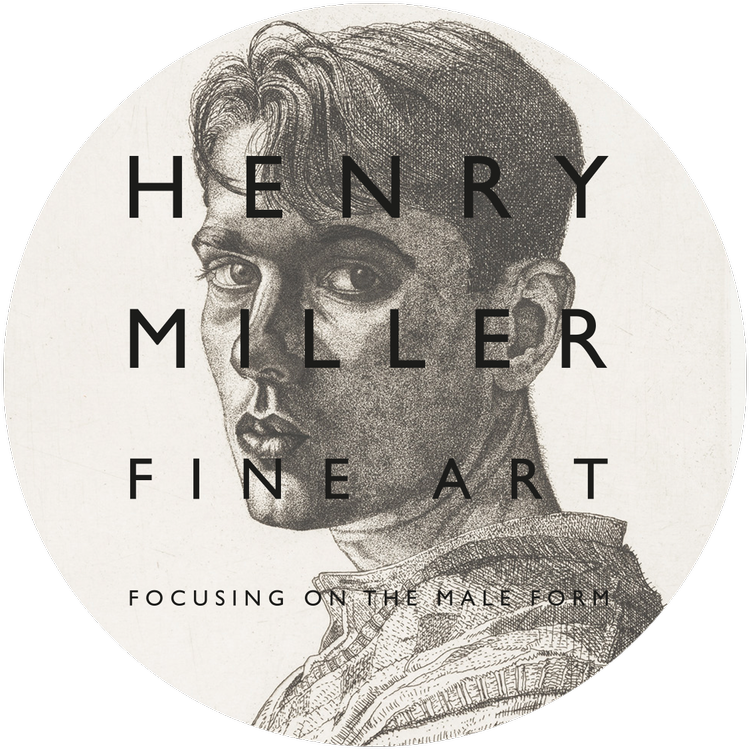Thomas Pollock Anshutz (American 1851-1912), Seated Male Figure with Water Jug, c.1900, Oil on canvas, signed (lower right), 81cm x 66cm, framed.
Thomas Pollock Anshutz was taught by Thomas Eakins and Christian Schussele at the Pennsylvania Academy of Fine Arts in Philadelphia, going on to lead the institution after Eakins' departure in 1886. In 1892, he enrolled at the Académie Julian in Paris under the instruction of William-Adolphe Bouguereau and Lucien Doucet.
Under the influence of Eakins, with whom he had a particularly close working relationship, Anshutz looked for new forms of expression for depicting everyday life. In 1880, he painted Ironworkers at Noon, which hangs in the Fine Arts Museum of San Francisco. The painting depicts several workers on their break in the yard of a foundry. It is conceived in a naturalistic style featuring realistic anatomical depictions of men, similar to that of his mentor Eakins. However, despite the realism of the painting, the figures are depicted in classical poses. The man in the foreground rubbing his arm poses in a manner borrowed from a figure on the Parthenon. Other figures are posed in the tradition of Western Academic art.
Ironworkers at Noon, 1880, oil on canvas, Museum of Fine Arts, San Francisco.
In Seated Male Figure with Water Jug, Anshutz again sets the painting in the context of traditional Academic painting and drawing, but the final composition is a realist depiction of the male figure. Drawings or paintings of the male nude, called "académies", were central to academic art training throughout Europe. Traditional Academic subjects however were often painted in heroic poses, echoing classical Greek and Roman sculpture. Classicism is emphasised further here by placing the model with a water jug. However, rather than romanticising the male figure, Anshutz has painted a 'real' figure tentatively posed on a pile of rugs, with his face sensitvely looking towards the artist. His pale body only serves to highlight the fragility of the subject. In this painting, Anshutz has drawn on the traditional Academic male nude, but subverted it, creating something modern for its time. The impressionistic depiction of the rugs is a further nod to the modernism in late 19th century Western art.
If you would like any further information about the picture, please do not hesitate to get in contact.


